Ironwood is a common name for many woods or plants that have a reputation for hardness, or specifically a wood density that is heavier than water. There are numerous names for Indonesia's Stigi Ironwood. The most common names are Kayu Stigi or Setigi, Santigi, Mentigi, and Drini. Another name for it that is commonly used is Kayu Sulaiman (Solomon's Wood).
Overview of the Stigi Ironwood tree
The Stigi tree, scientifically known as Pemphis acidula, is a mangrove that grows on rocky shores throughout most of the tropical Indo-Pacific region. Including Indonesia, the Philippines, Malaysia, Singapore, Thailand, Vietnam, Sri Lanka, northern coast of Australia, Papua New Guinea, the Solomon Islands, Micronesia, Fiji, Guam, New Caledonia, Palau, and East Africa.
The Stigi tree can grow to a height of 4-5 meters. It has a twisted, bent trunk and branching is a mess. The single, small, oval leaves have thick, pale green flesh and range in width from 0.3 to 1 cm that grow in pairs. Flowers are extremely rare and usually grow in the axil of the leaves. The tree also produces greenish fruits with many seeds, which are commonly consumed and used medicinally.
Uses of Stigi Ironwood
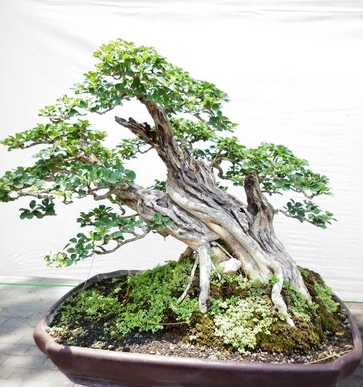
Indonesian Santigi Ironwood Bonsai
Pemphis acidula is also one of the plant species used in bonsai because of its unique properties, such as its strength, durability, and versatility. The limited availability of this tree adds to its value and makes highly prized in the world of bonsai. Stigi wood has also gained popularity in other areas such as Aquascaping and reptile cage decoration. The exotic shape of the wood makes it an ideal ornament for aquascapes, where it can create a natural and aesthetically pleasing environment for aquatic creatures.
In Indonesia, Kayu Stigi is also believed by some locals to have magical properties and can provide various benefits. Some of these benefits include protection against negative energies and black magic (such as witchcraft and sorcery), enhancing the user's charisma and authority, promoting physical strength and boosting immunity, serving as a conduit for love, and absorbing animal poisons and venoms.
Population trend
Sadly, the popularity of Stigi trees has increased the logging, buying, and selling of these trees. As a result of this illegal activity, the plant has become increasingly rare and endangered, and in some natural habitats in some natural habitats it may no longer exist. Because of its rarity and endangered status, the Indonesian government has protected it as a commodity. Obtaining this wood requires a special permit and a clear purpose for its use.
How to test the authenticity of Stigi Ironwood
Stigi Ironwood has a dense and heavy structure, causing it to sink in water. To determine if the Stigi Ironwood is authentic or not, you can conduct a simple test by placing the wood in water. If the wood sinks, then it is genuine Stigi Ironwood, and if it floats then it is not real Stigi Ironwood.

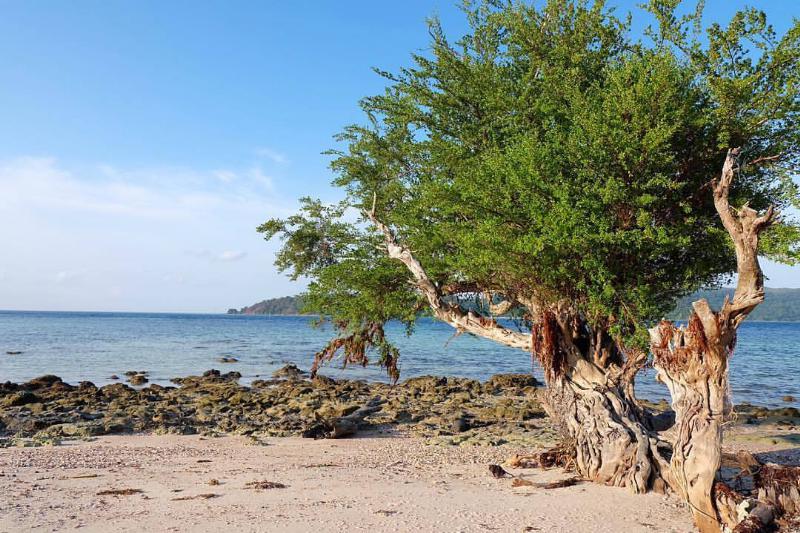
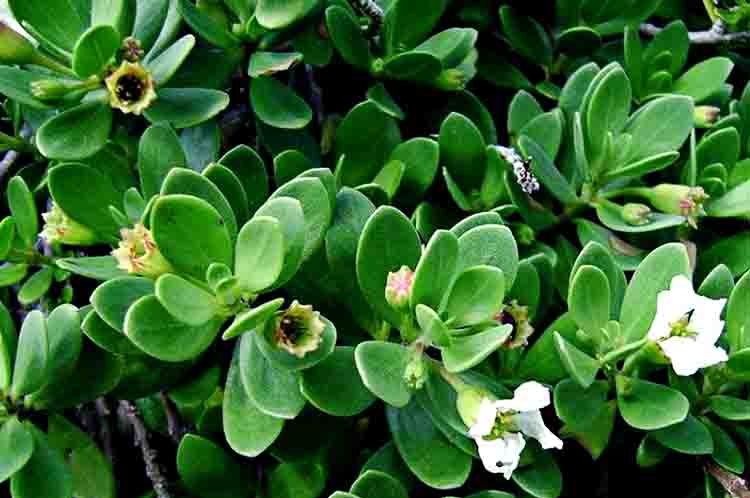
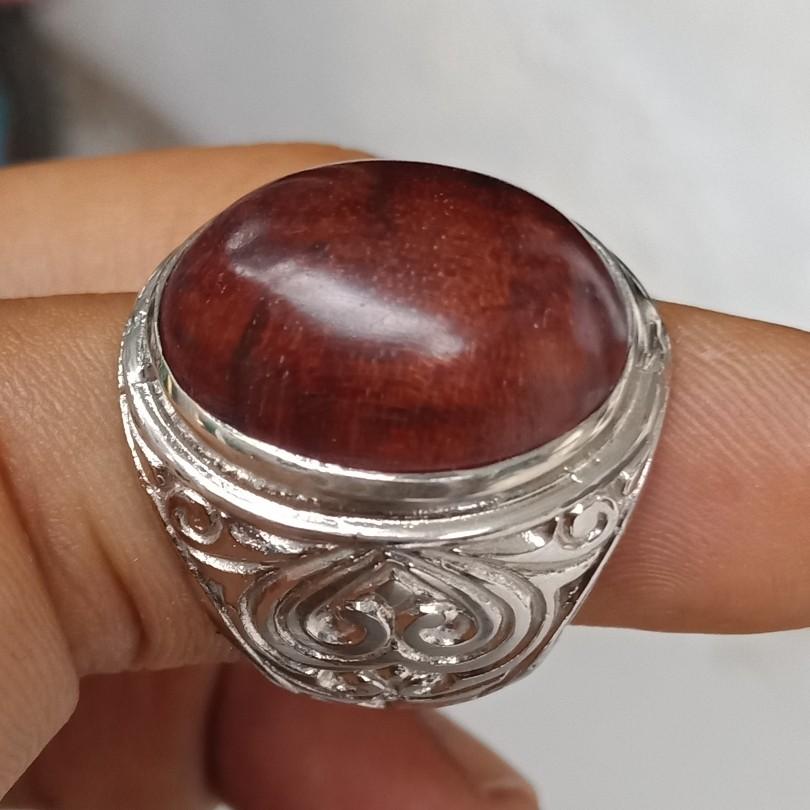
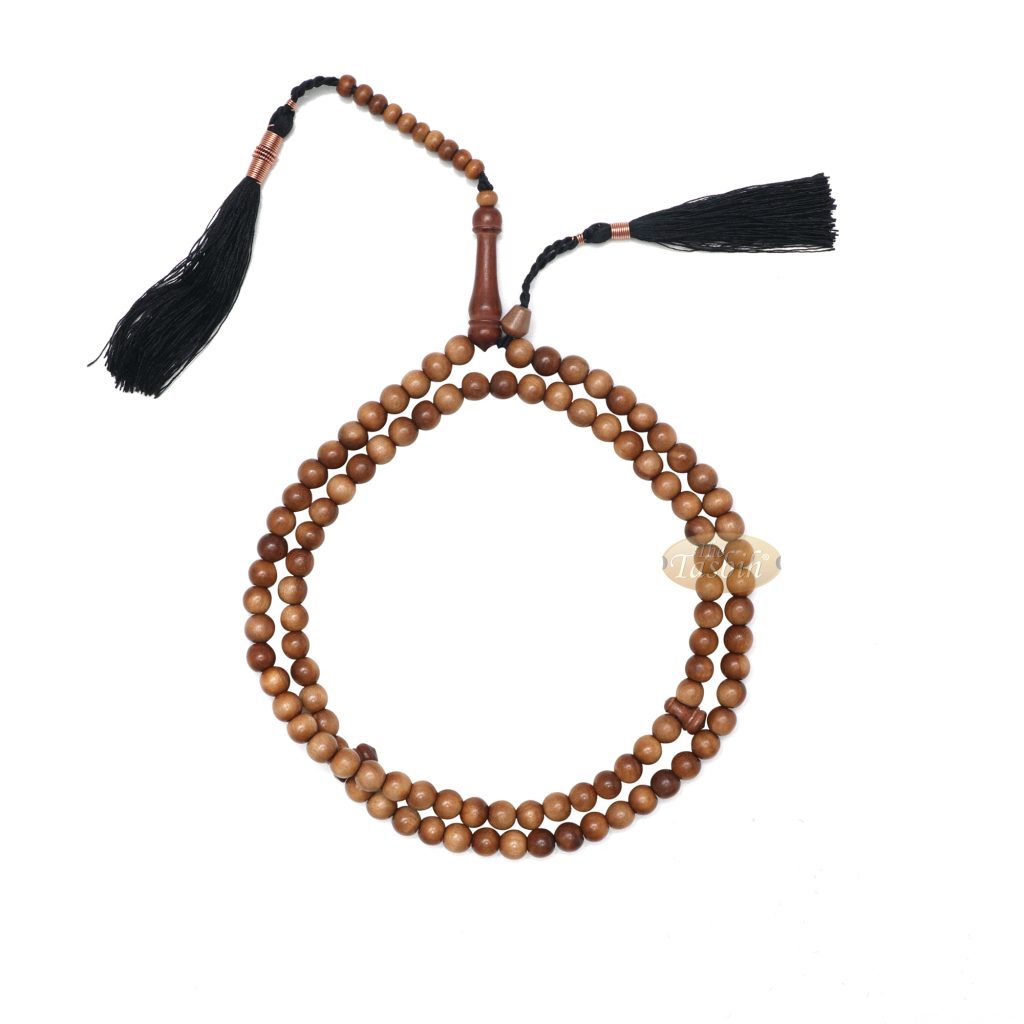
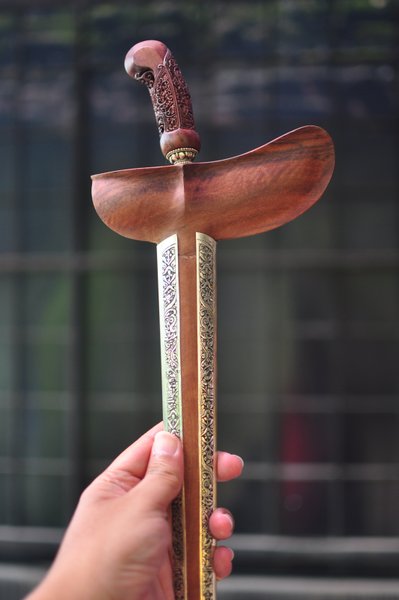

HA Goodwin says:
MashaAllah, very nice!
Ibrahim says:
Thank you for the very interesting article